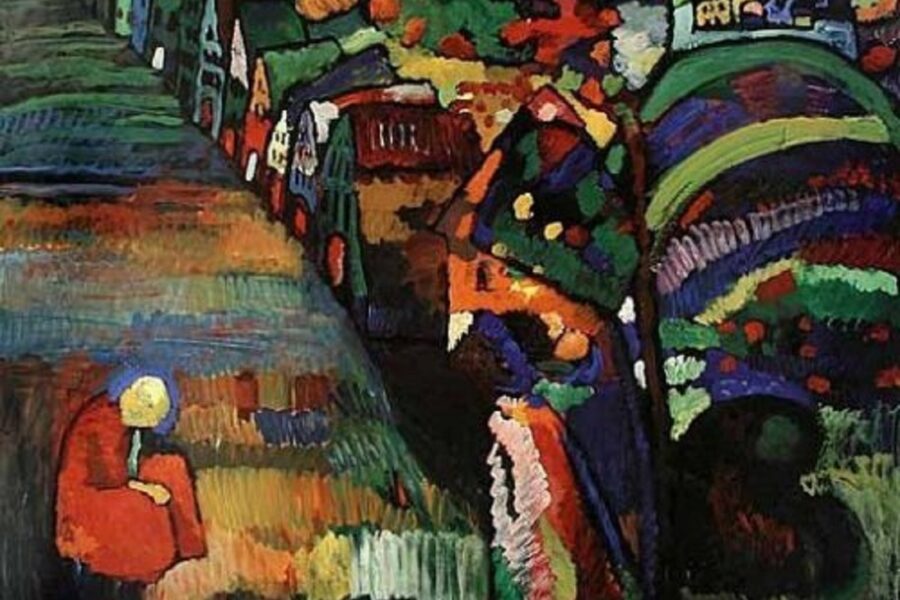The heirs have argued that the work by Wassily Kandinsky was sold under duress by its Jewish owners after the Nazi invasion of the Netherlands
February 19, 2021, by Colin Moynihan – Excerpt

“The mayor of Amsterdam has decided it is time to revisit the question of whether the city’s Stedelijk Museum should hold onto a 1909 painting by Wassily Kandinsky that had been part of a Jewish collection before it was obtained by the museum during World War II.”
“The fate of the painting has been closely watched because it is one of several in which the restitution panel has balanced the interests of cultural institutions against those of people trying to recover artworks that are said to have been seized during World War II. That formulation drew criticism from restitution experts and, in December, from a committee convened by the Dutch culture minister to study the restitution panel’s decision making.”
“In the letter, Amsterdam’s mayor, Femke Halsema, and several other officials…wrote that they agreed with the findings of the committee, which argued for greater empathy in the restitution process.”
“The Jewish people were deprived of their possessions, rights, dignity and, in many cases, their lives,” said the letter,,,“Insofar as something can still be restored of the great injustice done to them, we, as a society, have a moral obligation to act accordingly.”
“In addition, the panel found that while one claimant, an heir to Ms. Klein, “has no special bond with” the painting, the work “has a significant place” in the Stedelijk’ s collection.”
“When the culture minister’s committee faulted the restitution panel’s “balance of interests” approach in its report in December, two members of the restitution commission, including its chairman, resigned.”
“James Palmer, the founder of the Mondex Corporation, an art restitution company that represents the claimants in the Kandinsky case, said they were “delighted” by the letter from the mayor and her colleagues.”
“It has already been almost a decade since the family began its arduous claim,” he wrote in an email message, adding, “We hope to find another solution, with the cooperation of the city of Amsterdam, to resolve this matter amicably and expeditiously.”
This is an excerpt from this New York Times article. Full article through this link: https://www.nytimes.com/2021/02/19/arts/design/dutch-officials-reconsider-claim-on-painting-by-jewish-heirs.html?searchResultPosition=11.


